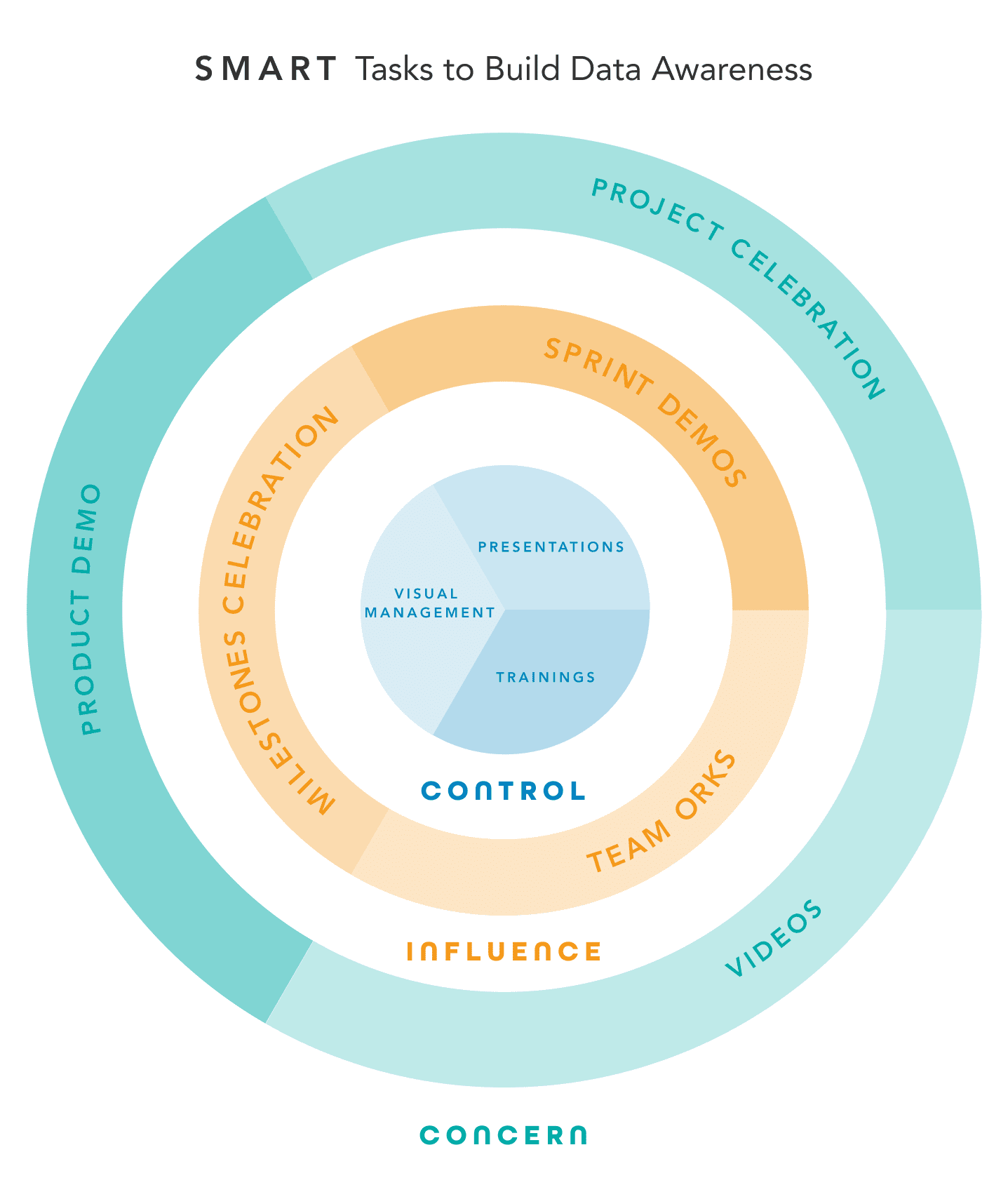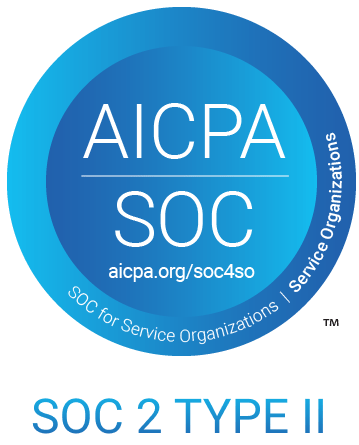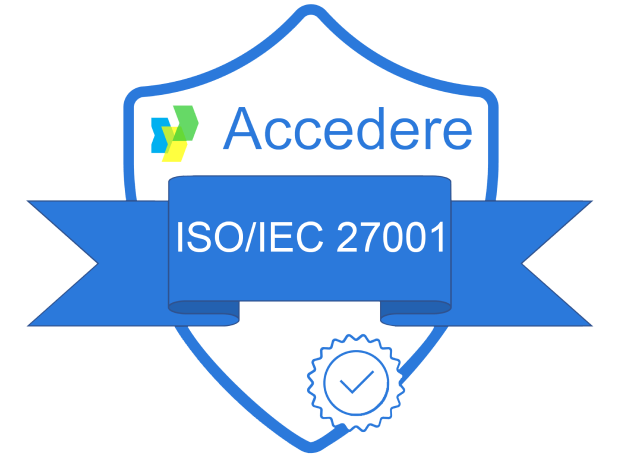This is the final episode of the second season of the Zeenea Effective Data Governance Framework series.
Divided into three parts, this second part will focus on Adaptation. This consists of :
- Organizing your Data Office
- Building a data community
- Creating Data Awareness
For this third and final episode of the season, we will help you use awareness support techniques that reduce the efforts needed to realize communicative tasks to make anyone aware of what the Data Governance Team is doing, get buy-in, and alignment at all levels.
Season 1: Alignment
- RUnderstand the context
- RGet the right people
- RPrepare for action
S01 E01
Evaluate your Data maturity
S01 E02
Specify your Data strategy
S01 E03
Getting sponsors
S01 E04
Build a SWOT analysis
Season 2: Adapting
- RCreate your personas
- RIdentify key roles
- RSet your objectives
S02 E01
Organize your Data Office
S02 E02
Organize your Data Community
S02 E03
Creating Data Awareness
Season 3: Implementing Metadata Management with a Data Catalog
- RGet to know your data
- RIterate your data catalog
S03 E01
The importance of metadata
S03 E02
6 weeks to start your data governance journey
In the last episode, we explained how to organize your Data Community by building your Data Chapters and Data Guilds
In this episode, we will help you use awareness support techniques that reduce the effort needed to realize communicative tasks and create data awareness on the enterprise level.
At Zeenea, we advise to use the SMART framework to plan and execute the Data Awareness program.
What are SMART goals?
- Specific: What do you want to accomplish? Why is this goal important? Who is involved? What resources are involved?
- Measurable: Are you able to track your progress? How will you know when it’s accomplished?
- Achievable: Is achieving this goal realistic with effort and commitment? Do you have the resources to achieve this goal? If not, how will you get them?
- Relevant: Why is this goal important? Does it seem worthwhile? Is this the right time? Does this match efforts/needs?
- Timely: When will you achieve this goal?
The “SMART” method for your data teams
If you think about the level of reach a team has, you can summarize them in 3 categories:
- The Control sphere is the one your Data Team can reach directly and interacts
- The Influence sphere is the level where you can find sponsors and get help from
- The Concern sphere consists of the C levels who need to be informed on how things are progressing from a high level perspective.
In other words, you will have to touch all the stakeholders involved but with different means, timing and interactions.
Spend time creating nice formats, and pay attention to the form of all your artifacts.
Examples of SMART tasks
You fill find below examples of SMART tasks:
For the Control sphere, we advise you to do the following:
- Deliver trainings (for both Data Governance teams as well as End users)
- Deliver presentations dedicated to teams (Strategy, OKRs, Roadmap, etc).
- Keep your burn-down charts and all visual management tools displayed at any time.
For the Influence sphere, we advise you to:
- Celebrate your first milestones
- Organize sprint demos
- Display OKRs teams constantly
And for the Concern sphere, we advise you to
- Celebrate the end of a project
- Organise product demos
- Record videos and make them available
Don’t miss our new season next week!
Find out how to put in place a data-driven strategy with our third and final season on implementing metadata management with a data catalog
Copyright Zeenea 2021, all rights reserved.














